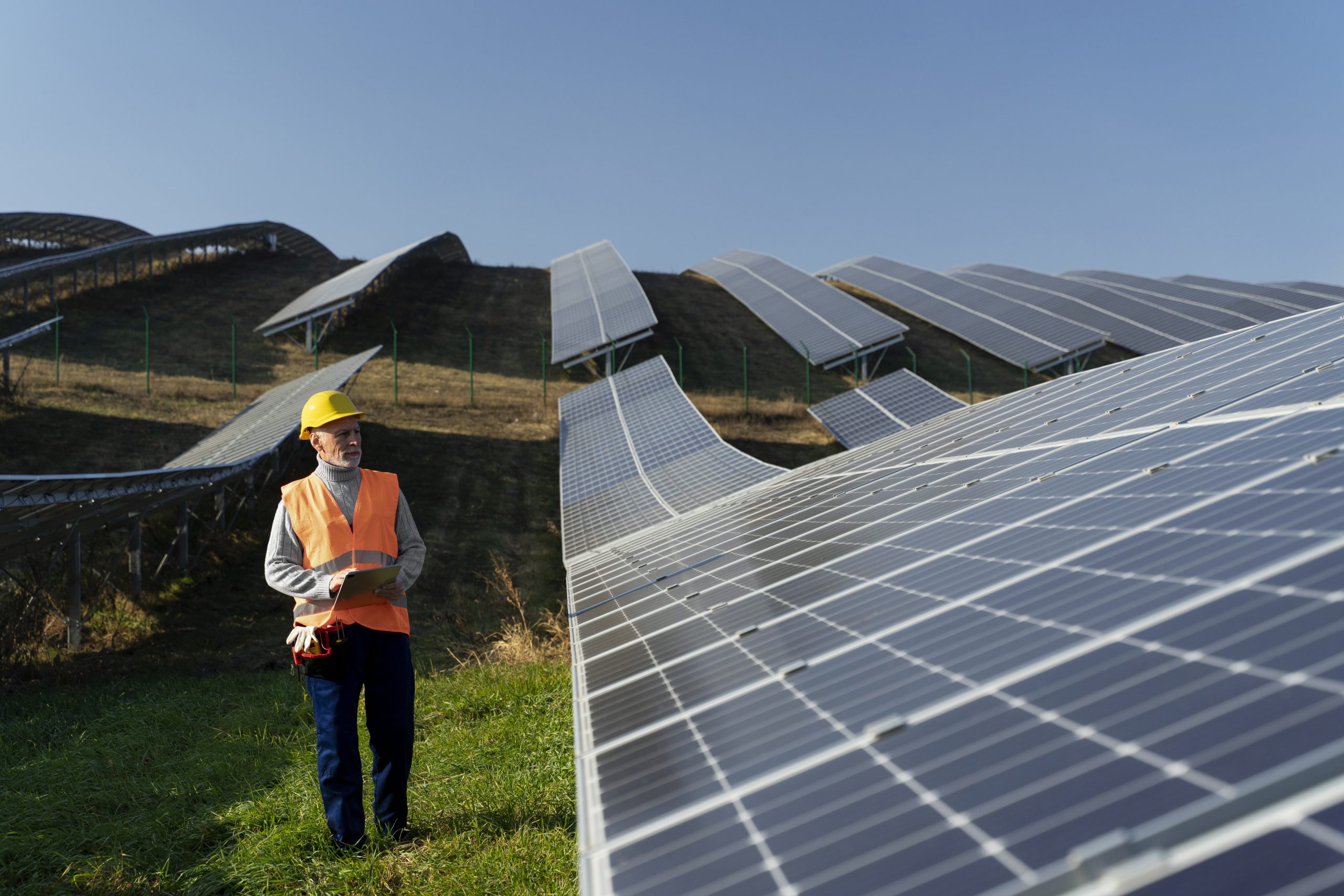


As countries across the globe move towards decarbonisation, the emphasis is no longer on putting up solar panels — it’s now on making possible a smart, stable, and scalable energy system. That’s where Grid Design and Electrification becomes paramount. For the Middle East, which is spending billions on solar infrastructure, developing an intelligent and resilient grid is the bridge between vision and reality.
Strong Grid Design and Electrification is central to the solar transition, specifically in the Middle East, and how utilities, developers, and companies can capitalize on it for long-term energy security, cost savings, and climate targets.
Solar electricity generation is intermittent — a function of time of day, weather patterns, and changing seasons. Conventional grid systems, designed to handle one-way flows from centralized fossil fuel sources, will be unable to manage high penetrations of distributed solar without dramatic transformation.
As per the International Renewable Energy Agency (IRENA), Gulf Cooperation Council (GCC) nations would save as much as $76 billion by 2030 if their grids are properly upgraded to support renewables. However, in the absence of proper design, even high solar penetration can result in curtailments, outages, and underperformance.
Electrification means shifting fossil-based systems (transport, heating, industry) to electricity based on clean energy. However, electrification alone doesn’t work — it needs to go hand in hand with Grid Design and Electrification plans.
Dubai’s Green Mobility Strategy 2030 mandates that 30% of public sector vehicles be electric or hybrid by 2030, achieving this will need resilient grid upgrades to accommodate higher electricity demand. Likewise, Oman’s or Saudi Arabia’s NEOM smart city development will fail without grid resiliency.
The Middle East, the former oil superpower, is shifting gears to become a clean energy superpower. Here’s how Grid Design and Electrification is influencing solar results across the region:
With more than 58.7 GW of renewable capacity in the pipeline, Saudi Arabia’s National Renewable Energy Program (NREP) relies on grid extension into rural and industrial areas. Without the upgrade of transmission infrastructure, solar farms such as Sudair (1.5 GW) cannot supply their full output to national load centers.
Dubai Electricity and Water Authority (DEWA) invested AED 7 billion in smart grids in its Clean Energy Strategy 2050. Dubai Electricity and Water Authority (DEWA) has achieved a significant reduction in electricity transmission and distribution losses, reaching 2.0% in 2024, compared to the typical 6–7% observed in Europe and the USA.
Jordan currently produces more than 20% of electricity from renewable sources but experiences curtailments because of transmission limitations. This has encouraged the government to allocate high priority to smart substations and flexible grid topology.
To future-proof solar investments, the following must inform Grid Design and Electrification:
For industrial and commercial solar consumers, this translates into greater reliability, less outage, and better net metering payouts.
We know at Clenergize that solar success doesn’t begin with panel installation — it begins with the grid. We assist governments, developers, and businesses throughout the Middle East in expediting their transition to clean energy through strategic Grid Design and Electrification services.
Here’s how:
We assess solar feasibility in terms of local grid infrastructure, voltage stability, and interconnection specifications.
From charging stations for EVs to industrial heat pumps, we develop intelligent electrification plans that complement the use of solar deployment.
We implement sophisticated supervisory control systems to maximize real-time power flow and facilitate real-time solar performance analysis.
Clenergize cuts through the messy dynamics of local utility permits, grid codes, and interconnection authorization for you.
Our workshops on best practices for solar-grid integration for facility managers and utility engineers save you time, money, and headaches.
If you’re implementing a 50 MW utility-sized farm or putting electricity into your fleet, rest assured your clean energy plans get paired with grid-ready design.
The path to solar supremacy isn’t merely about clean energy production — it’s about clean energy transmission. Without strong Grid Design and Electrification, even the most aggressive solar goals will fail. In the Middle East, where solar is projected to account for more than 25% of power requirements by 2040, it’s time to strengthen the grid to keep up with this shift.
Investing in advanced grids, smart controls, and electrification plans isn’t only good engineering — it’s good business.
Want to align your solar plan with grid realities?
Clenergize future-proofs your energy infrastructure from feasibility to implementation.